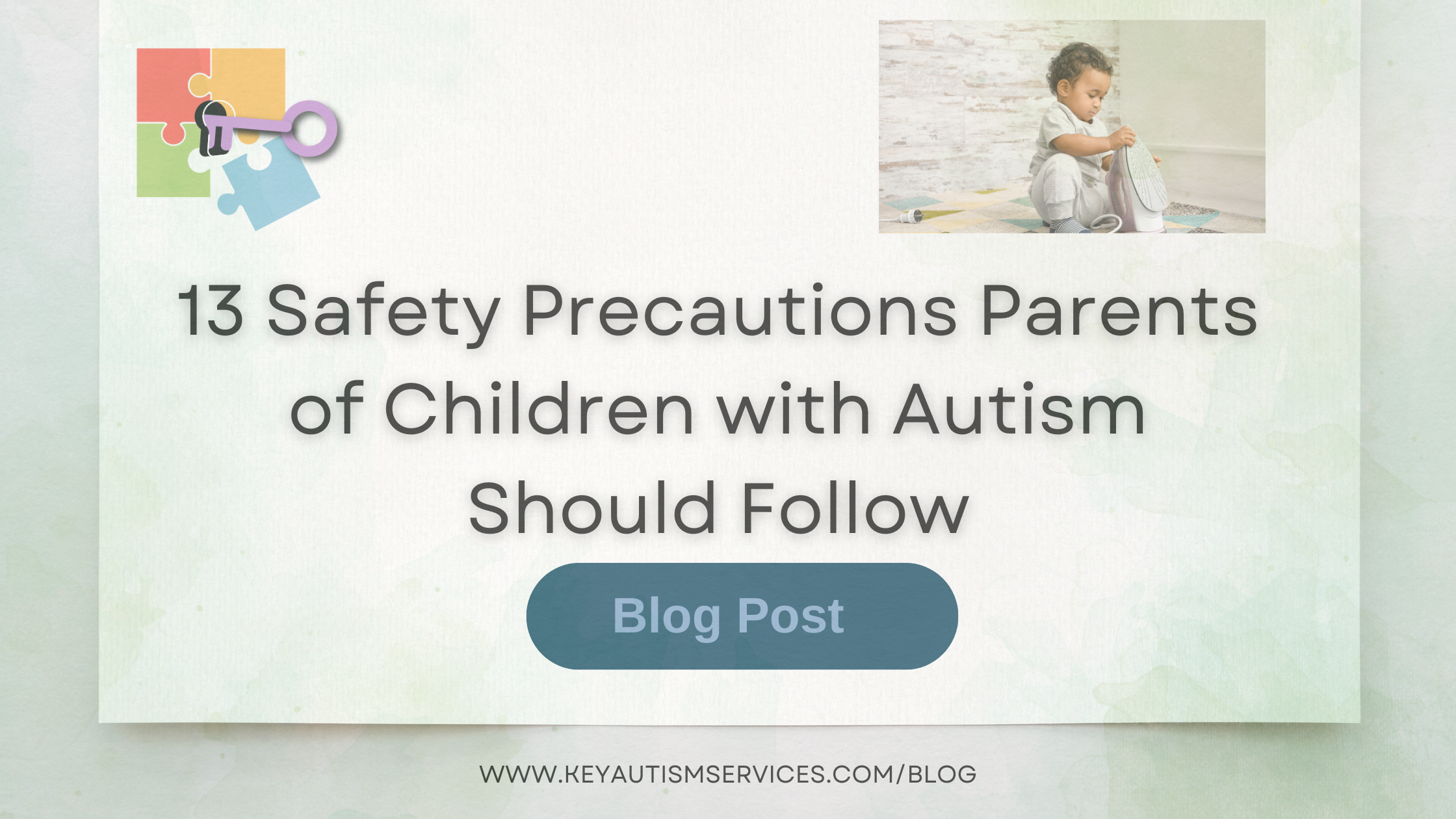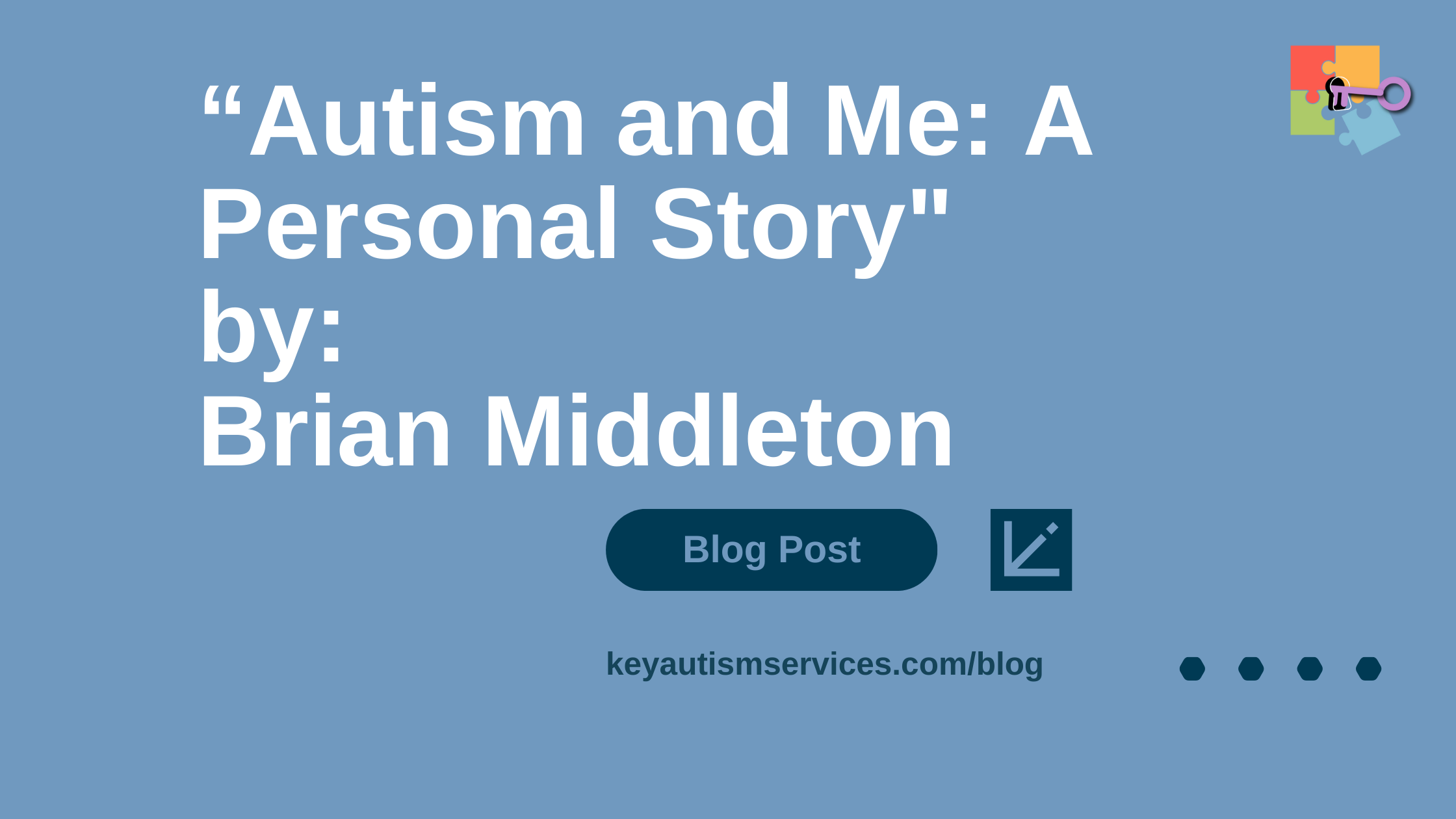Safety is an especially important concept that we all require and desire at every step of our lives. As a parent, safety for our children becomes a priority. We begin finding all sorts of safety gadgets and tools and safeguard every edge we see. Over time, we let down our guard and hope for the best or take it for granted that every loved one is safe and that they know how to keep themselves safe. However, as a parent of a child with a disability, the need to be stringent on safety measures is high and could mean the difference between life and death at times. Things we take for granted may not be so simple or forgiving. The need to consider how a child with a disability such as Autism thinks and behaves becomes an essential skill to have. Applied Behavioral science becomes a necessity to understand, and expert guidance is invariably crucial.
Teaching your child essential skills for safety and wellbeing
One of the first things that every parent with a child with a disability needs to do is to address safety byteaching appropriate and safe behaviors to engage in. Teaching safety instructions to practice in different settings such as in the home, community, school, etc., requires patience, guidance, and adequate training that can be had from experts such as those from your Applied Behavior Analysis (ABA) team.
13 essential safety skills include but are not limited to:
- Listening to and then following safety instructions such as “stop,” “come here,” “keep hands to self,” “move back,” “Stand up,” “sit down,” “wait for your turn,” etc. when a parent or other caregivers give them.
- Keeping within a safe distance from parents when out in the community
- Discriminating between hot and cold (food, water, stove)
- Crossing the road (learning the signs and signals)
- Walking to or from the car in the parking lot
- Knowing how to use sharp kitchen tools such as butter, sharper, forks, etc.
- Safely accessing or using small home appliances
- Water safety (any water body in the tub, out in a pool or lake, etc.)
- Knowing when to open the door, when the doorbell rings, whether a stranger or a familiar person Is wanting to come inside.
- Stranger danger and when to seek help.
- Learning to say “no” or “stop” when feeling uncomfortable or uneasy in any situation.
- When lost in the community (playground, fair, grocery store, mall, etc.), know who to contact or where to go when this happens.
- Tolerating wearing an identifying bracelet, anklet, or necklace. This may need to be taught over a period using desensitization techniques.
You may not be able to always watch your child’s every move and position. But there are things that you can do as a preventative measure in the environments that you have control over. In addition to teaching the abovementioned skills, there are simple products that can be bought to help keep your child safe inside the home. Let us look at some of those simple yet effective measures:
11 simple tools and strategies to ensure your child’s safety:
- Alarms on the door: This is one of the first things parents need to put into place. Ensure that there are alarms on the front and back doors to indicate when they are opened or closed. This will keep everyone aware of movements by all family members. This simple yet effective tool will keep you at peace while you are engaged with your tasks such as washing dishes, reading, watching a show, sleeping, conversing with others, etc. When the alarm goes off, a quick check to see who went out could help prevent any unnecessary mishaps.
- Special Latches/bolts to the doors: Add latches or bolts to the front and back doors and rooms you do not want your child to access. Placing the latches or bolts higher on the door is also advised in some cases so that they are inaccessible to shorter individuals. Pantries, closets, and even cabinets are also some of the spaces that need to be made inaccessible so feel free to add special bolts to them as well.
- A medical bracelet: A medical bracelet would be something that will be extremely useful if your child has limited verbal skills and cannot provide any information to others, especially when needed. This could be worn on the wrist or ankle.
- A medical necklace: A medical necklace is like a medical bracelet, but this is worn around the neck and contains personal information that can be seen by others.
- Tolerance to wearing a bracelet or necklace may need to be worked on if your child is sensitive to wearing them. Your ABA team would be able to help teach your child to build this tolerance.
- A GPS tracker: This may be essential if you have a child who often engages in elopement. It is heartbreaking to hear of the number of individuals with autism who left their homes and wandered off into the woods nearby or other neighborhoods or water bodies and never made it back. GPS trackers may need to be placed in pockets or on your child’s clothing in some way, just to ensure that if they ever wander off, you can track and find them as soon as you can.
- Seat belt buckle: Make sure that you invest in a buckle that is challenging for your child to unbuckle. This is important for parents who have a child who gets out of the car seat and tries to access the parent, or an item, or often engages in aggressive or disruptive behaviors.
- Seat belt buckle label or car seat cover: Ensure that you have a seat belt or car seat cover that has Autism labeled on it. This will help law enforcement and first responders to identify your child as having Autism and they will likely handle your child with more sensitivity. As much as we never want to think of unfortunate incidents or accidents, if it ever came to that, this tool would help the person helping your child out of his seat understand that additional care is necessary to assist your child.
- Buy toys and hands-on activities that will not cause harm: Buy toys that your child can hold comfortably and appropriately play with. If your child likes to put things in their mouth, then buy items that are more challenging for their mouth. Buy chewies that are appropriate to use. Do not buy toys that are tiny or have the potential to be swallowed such as marbles or tiny Legos. Buy nontoxic children’s products such as nontoxic Play-Doh or paint that is available and will not cause harm to your child when swallowed purposefully or by mistake.
- Keeping sharp tools away in the kitchen or elsewhere in the home or garage: Keep sharp knives, tools, etc. locked up in an inaccessible area to prevent accidents. This will help until you can teach your child to safely use a knife or other sharp tools.
- Decorate with safe and harmless items: Home décor that is simple, unbreakable, or even fewer in number may be warranted until you have your child trained in keeping hands to themselves and not meddling with things that are not their toys.
Important resources that explore safety products
- 7 SAFETY PRODUCTS THAT HELP KIDS WITH SPECIAL NEEDS: https://reviewed.usatoday.com/parenting/features/safetyproductskidsspecialneeds
- MEDICAL IDs: ROAD iD World Leaders in Runner ID, Cycling ID & Medical ID
- SAFETY PRODUCTS AND MORE: https://www.autismspeaks.org/safetyproductsandservices
- SAFETY PRODUCTS: https://elemy.wpengine.com/studio/autismfamilyguide/safetyproducts
- EVERYDAY PRODUCTS: https://autismcommunitystore.com/collections/everyday
Safety is a concept that is sometimes overlooked but can cause a lot of chaos and change in the lives of families positively or negatively. Let your ABA team help guide you to equip yourself with skills and tools to keep your child with autism or other disabilities as safe as possible. Training for your child as well as yourself is highly recommended, especially if you face challenges with your child’s behaviors regularly. It is better to be cautious and safe than to face any unwanted or harmful outcomes. Hope these tips help you! For more information, contact Key Autism Services by clicking HERE.






